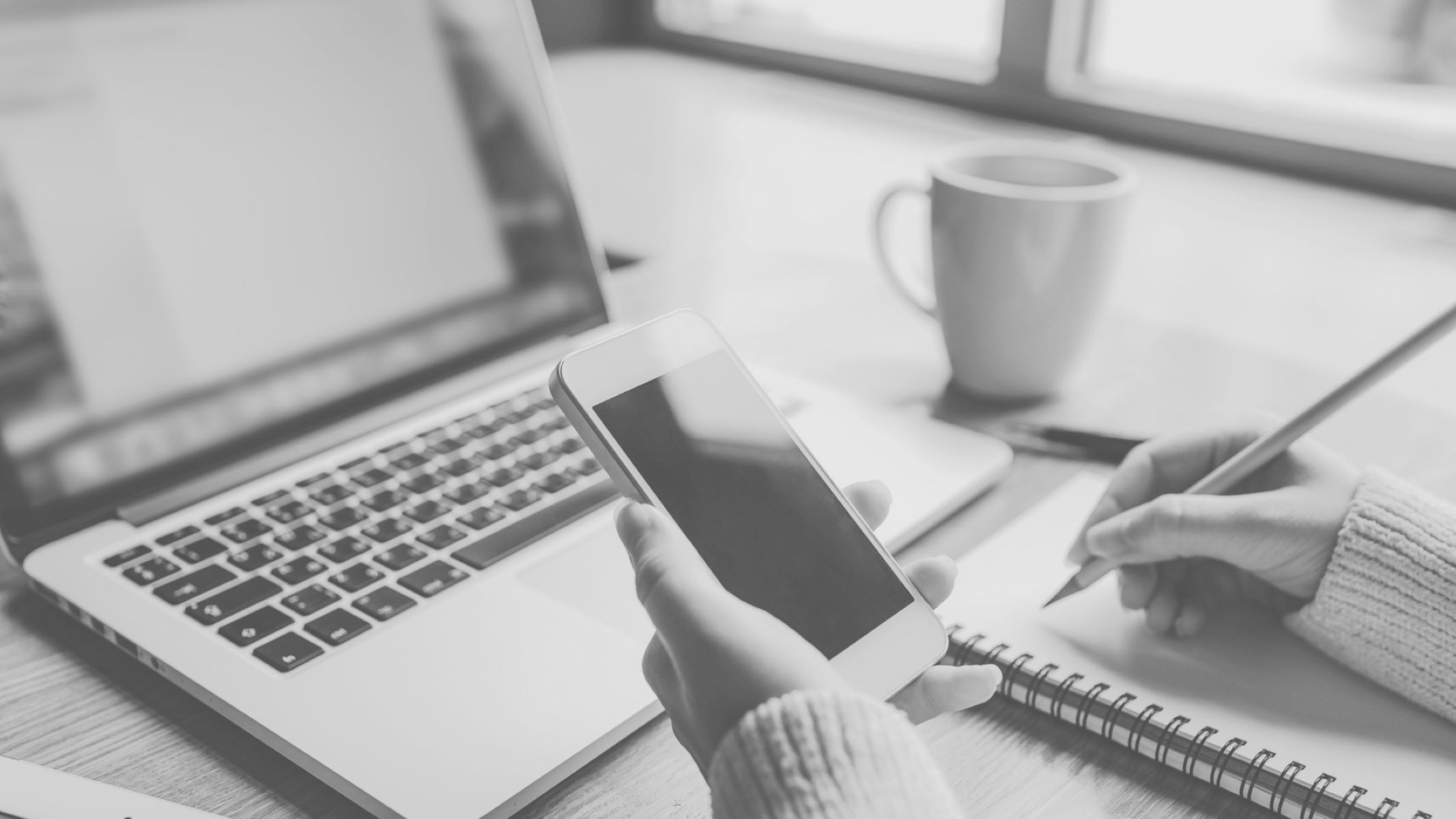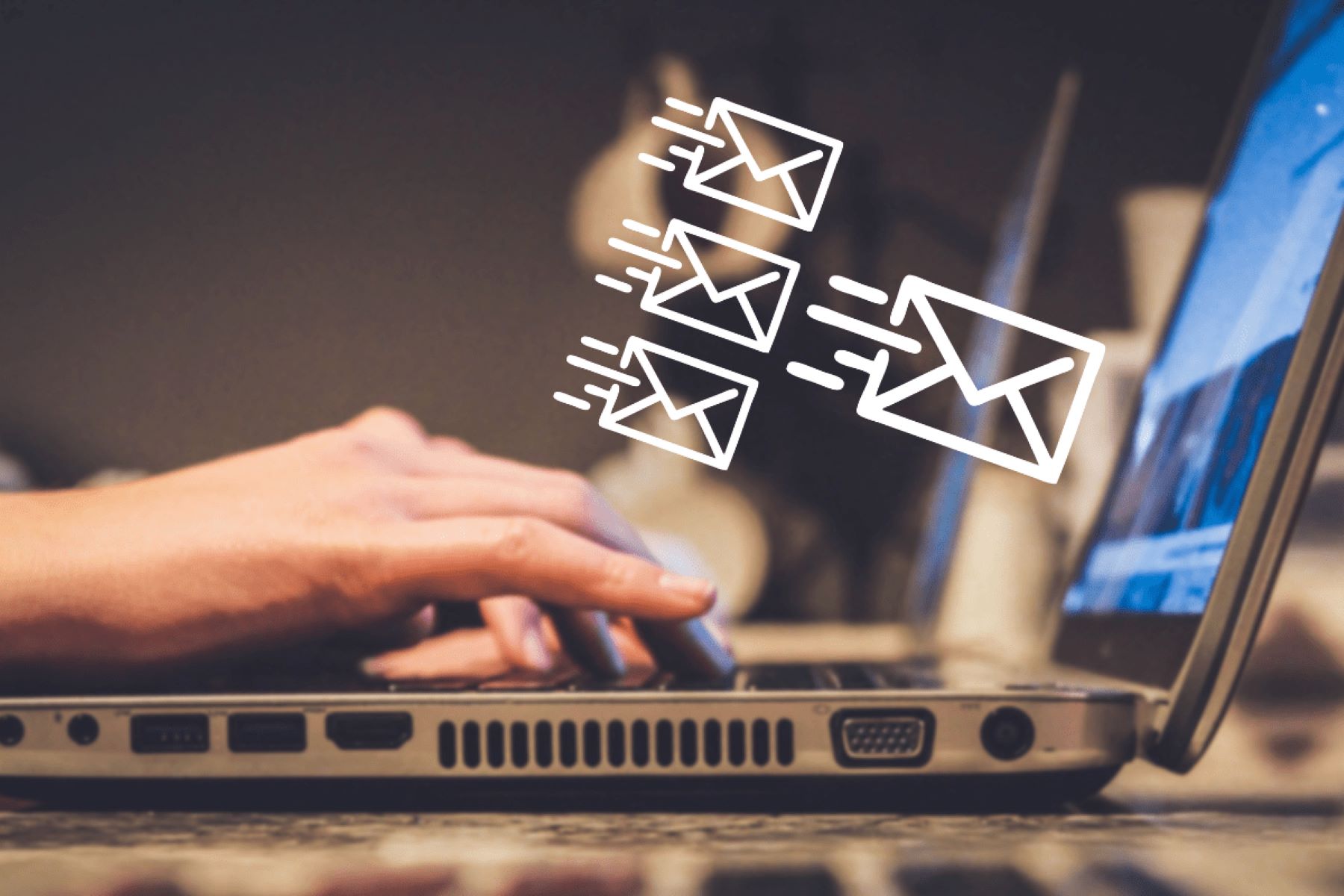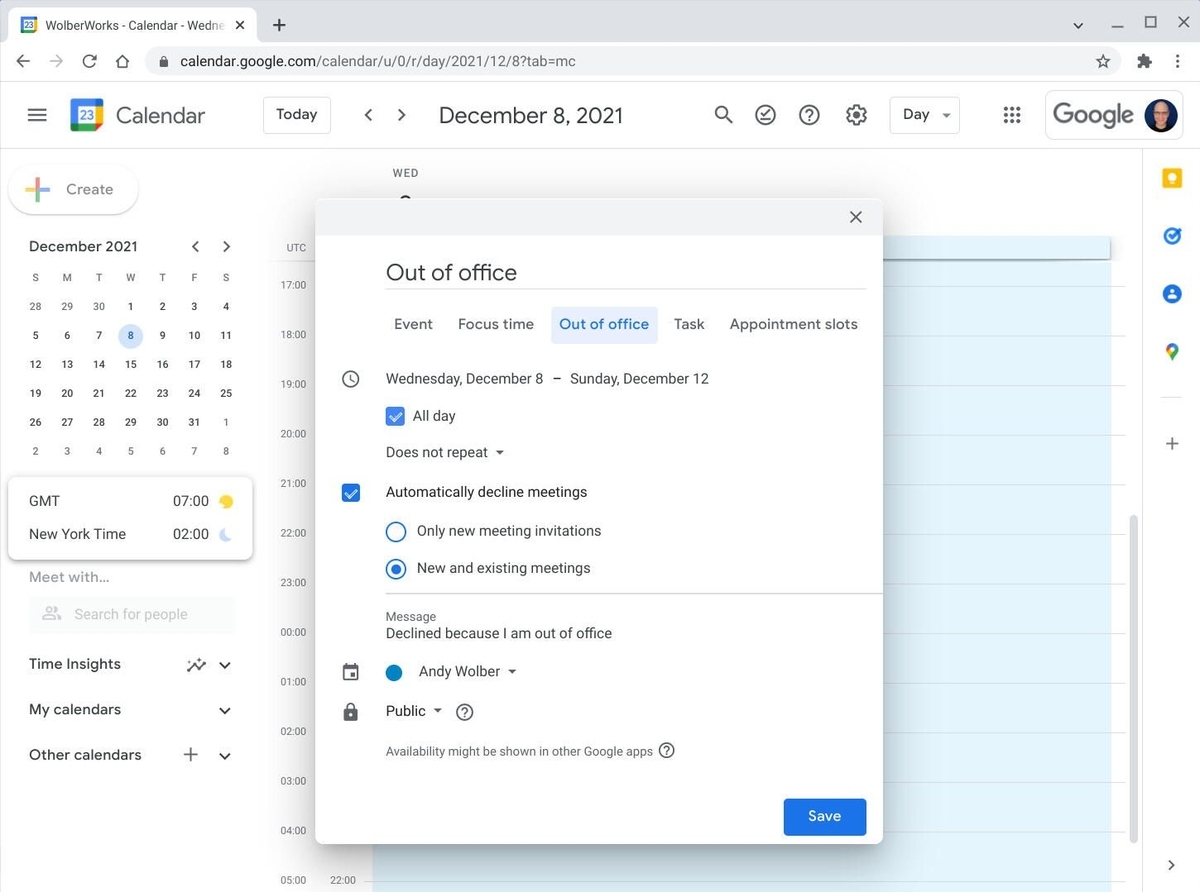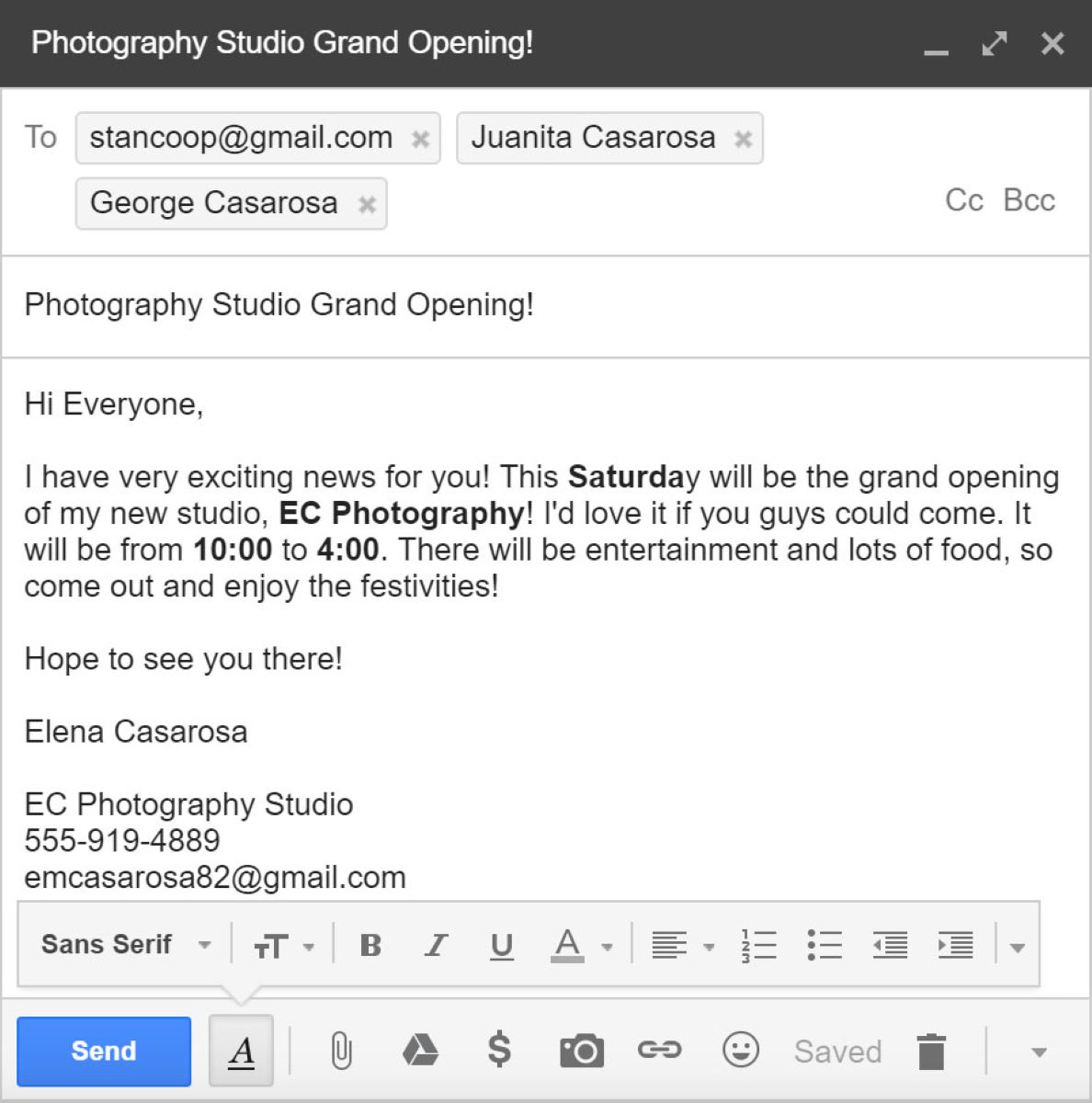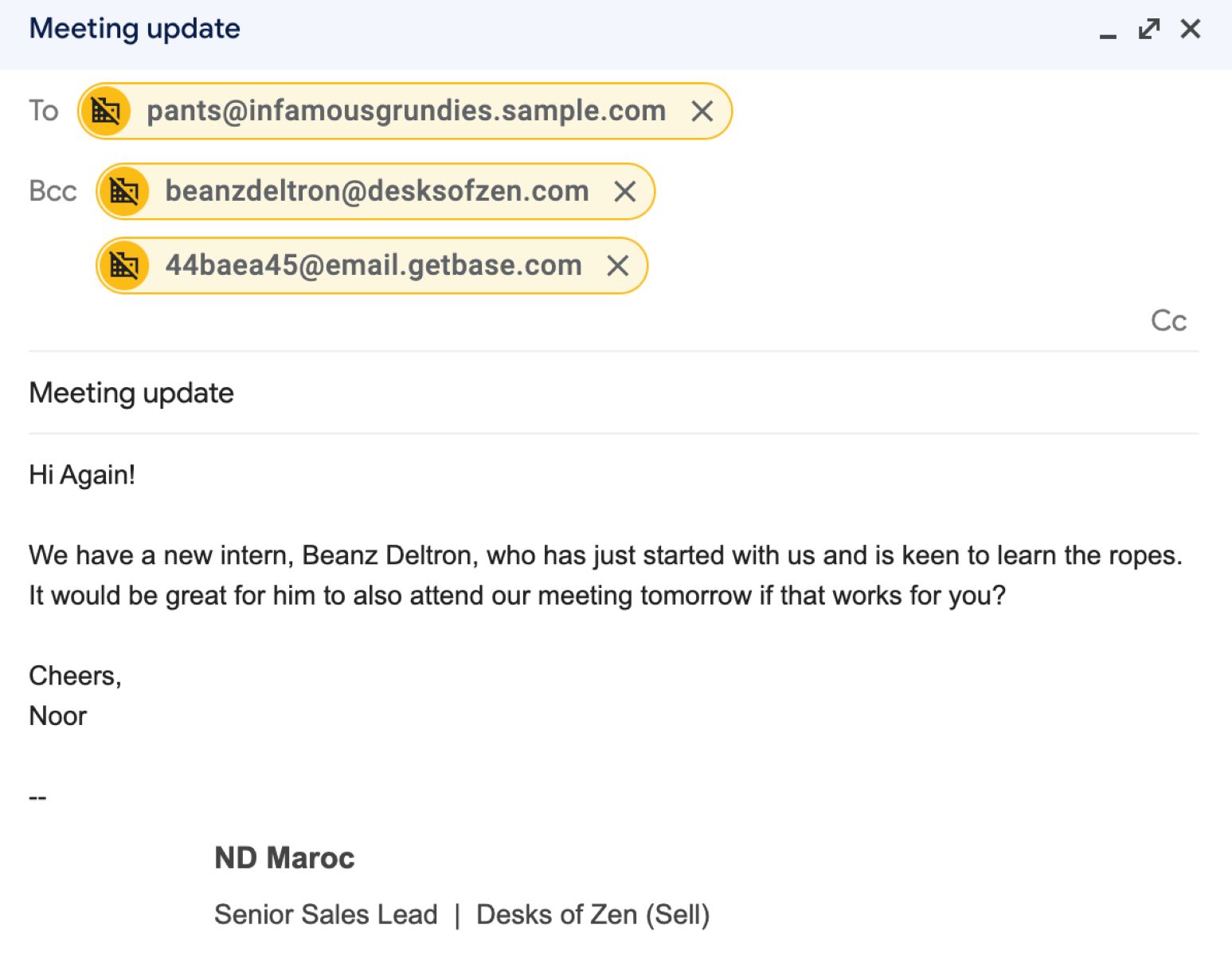Introduction
When it comes to replying to an email professionally, it is essential to craft a response that reflects your professionalism, respect, and dedication to effective communication. Whether you are responding to a colleague, client, or potential business partner, your email reply sets the tone for the ongoing conversation and can influence how you are perceived in a professional setting.
In this article, we will explore seven key strategies to help you reply to an email professionally. These tips will not only help you convey your message effectively but also leave a positive impression on the recipient. From starting with a proper greeting to closing with a professional signature, we will cover each step in the email response process. By following these guidelines, you will ensure that your email replies are clear, concise, and maintain a professional tone throughout.
Effective email communication is especially important in today’s digital workplace, where most interactions occur through written messages. By mastering the art of professional email writing, you will improve your professional image, build stronger relationships, and increase productivity in your work environment.
So, whether you’re replying to an important business inquiry, addressing a client’s concerns, or simply responding to a colleague’s request, let’s dive into the strategies that will help you create a professional email reply that leaves a lasting impression.
Start with a formal greeting
The first step in replying to an email professionally is to begin with a formal greeting. This sets the tone for the rest of your response and shows respect to the recipient. Address the person by their appropriate title, such as “Dear Mr. Smith” or “Hello Dr. Johnson,” followed by their last name. If you are unsure about their preferred title, it is always safer to use a more formal greeting, like “Dear [First Name] [Last Name].” Avoid using overly casual greetings like “Hey” or “Hiya,” as they can come across as unprofessional.
Additionally, if you have previously corresponded with the person, you can acknowledge the prior conversation to establish a personal connection. For example, you could say, “Thank you for your email regarding [subject].” This shows that you have taken the time to acknowledge their previous message and are engaged in the conversation.
It’s worth noting that cultural differences can play a role in greetings. Some cultures prefer a more formal approach, while others may be more casual. Take cultural diversity into account when determining the appropriate level of formality in your greeting. Researching the recipient’s cultural customs can help ensure that your email is respectful and well-received.
Remember, the goal of a formal greeting is to show professionalism and set a positive tone for the rest of your email. By starting off on the right foot, you are more likely to establish a productive and respectful email exchange.
Express gratitude
After greeting the recipient, it is important to express gratitude for their email or the specific reason they reached out to you. This simple gesture shows appreciation for their time and effort in contacting you. Whether the email contains a request, question, or feedback, acknowledging their communication and expressing gratitude sets a positive tone for the remainder of your response.
Begin by thanking the person for reaching out, using phrases like “Thank you for your email” or “I appreciate you getting in touch with me.” This shows that you value their input and are attentive to their needs. It also helps to create a friendly and professional atmosphere in the conversation.
If the email includes any compliments or positive feedback, take a moment to acknowledge and appreciate it. You can respond with phrases like “I am glad to hear that you found our service helpful” or “I appreciate your kind words about our recent collaboration.” This not only demonstrates your gratitude but also reinforces a positive relationship with the sender.
Keep in mind that expressing gratitude is not only limited to the opening of your email. Incorporating gratitude throughout your response, especially when the recipient makes a specific request or provides valuable information, can further enhance the professionalism and courtesy of your reply.
By expressing gratitude in your email reply, you not only show respect for the sender’s time and efforts but also create a positive impression that will foster better communication and relationship building.
Answer all questions or address all concerns
One of the most important aspects of replying to an email professionally is ensuring that you address all the questions or concerns raised by the sender. Take the time to carefully read through the email and make note of any specific inquiries or issues that need to be addressed. This step demonstrates your attentiveness and professionalism in providing a thorough response.
Start by organizing your reply in a clear and structured manner. Consider using bullet points or numbering to address each question or concern individually. This not only makes your response easier to read but also helps the recipient quickly locate the information they need.
When addressing questions, provide concise and accurate answers. Be sure to include any relevant details or explanations to support your response. It is also helpful to provide additional resources or references if necessary, such as links to relevant articles, documents, or websites. This shows that you have taken the time to gather the information needed to address their concerns fully.
If the email includes multiple concerns or issues, address each one separately. This will make it easier for the recipient to follow your response and ensure that no questions are left unanswered. Clearly indicate the subject or topic you are addressing to avoid confusion.
If you are unable to provide an immediate solution or answer, be transparent about it. Inform the sender that you are looking into their concern and will provide a response as soon as possible. This demonstrates your commitment to resolving the issue and keeps the lines of communication open.
By thoroughly addressing all questions or concerns raised in the email, you showcase your professionalism and dedication to effective communication. This not only helps the recipient feel heard and understood but also fosters trust and confidence in your ability to provide valuable assistance or information.
Use a professional tone
Maintaining a professional tone in your email reply is crucial to establishing credibility and professionalism. Regardless of the nature of the email or the relationship with the recipient, it is important to use language that is respectful, courteous, and appropriate for a professional setting.
To ensure a professional tone, avoid using slang, jargon, or informal language. Stick to clear, concise, and grammatically correct sentences. Use formal language and proper grammar to convey your message effectively. Avoid using abbreviations or acronyms that may not be familiar to the recipient. Remember, the goal is to communicate in a way that reflects your professionalism and maintains a level of respect for the recipient.
Additionally, take the time to proofread your email before sending it. Check for any spelling or grammatical errors. Pay attention to punctuation, capitalization, and sentence structure. A well-written and error-free email shows attention to detail and professionalism.
While it is important to maintain a professional tone, it is also essential to remain courteous and empathetic. Even if you are responding to a challenging or frustrating email, respond with a calm and collected demeanor. Avoid using confrontational language or becoming defensive. Instead, focus on providing factual information and seeking a resolution in a respectful manner. This will help defuse any potential conflicts and maintain a positive tone in the conversation.
By using a professional tone in your email reply, you demonstrate your professionalism, respect, and commitment to effective communication. This not only enhances your own professional image but also fosters better relationships and open dialogue with the recipient.
Keep it concise and easy to read
When replying to an email professionally, it is important to keep your response concise and easy to read. People often receive numerous emails and appreciate clear and succinct messages that get straight to the point. By organizing your email effectively and presenting information in a coherent manner, you will make it easier for the recipient to understand and respond to your message.
Start by structuring your email with paragraphs or bullet points to break up the text. This makes it visually appealing and easier to scan. Use headings or subheadings to distinguish different sections if necessary. Organizing your email in a logical and coherent manner helps the recipient navigate through your response easily.
Be mindful of the length of your sentences and paragraphs. Long, complex sentences can be challenging to read and comprehend. Instead, opt for shorter sentences that convey your point directly. Similarly, keep your paragraphs concise, focusing on one idea or topic per paragraph.
Use clear and straightforward language to communicate your message effectively. Avoid unnecessary jargon or technical terms that may confuse the recipient. If you do use specialized terminology, provide brief explanations or define the terms to ensure clarity.
Furthermore, use bullet points or numbered lists when appropriate. This helps to outline information in a concise and organized manner. It allows the recipient to easily grasp key points and provides a structured format for presenting details or steps.
Lastly, if your response requires attachments or additional documents, clearly indicate this in your email. Provide a brief summary or description of the attachments and ensure that they are properly labeled and easy to access. This helps the recipient understand the context and locate the necessary resources efficiently.
By keeping your email reply concise and easy to read, you increase the chances of your message being understood and acknowledged. It also reflects your professionalism and consideration for the recipient’s time and needs.
Proofread before sending
Before hitting the send button, it is essential to proofread your email reply. Taking the time to review and edit your message ensures that it is free from grammatical errors, spelling mistakes, and any other potential issues that could undermine your professionalism.
Start by reading through your email carefully, line by line. Check for any spelling or typing errors that may have occurred while composing the response. Pay attention to punctuation, capitalization, and grammar to ensure your email is well-written and error-free.
In addition to proofreading for technical errors, also review the content for clarity and coherence. Make sure your response addresses all the relevant points and questions raised by the sender. Ensure that the tone and language of your email are appropriate for a professional setting.
Consider getting a fresh pair of eyes by asking a colleague or friend to review your email. They may catch mistakes or give valuable feedback on the clarity and effectiveness of your response. Sometimes, a different perspective can help identify areas for improvement that you may have overlooked.
When proofreading, also consider the overall structure and flow of your email. Is the information organized in a logical sequence? Are the paragraphs and sentences clear and concise? Make any necessary adjustments to improve the readability and coherence of your response.
Finally, double-check any attachments or links mentioned in your email. Ensure they are accessible and accurately labeled. Nothing detracts from a professional email quite like broken links or missing attachments.
By taking the time to proofread your email before sending, you demonstrate attention to detail and a commitment to producing high-quality communication. This not only avoids embarrassing mistakes but also ensures that your message is clear, professional, and impactful.
Use appropriate closing and signature
When wrapping up your email reply, it is essential to include an appropriate closing and a professional signature. This final touch adds a personal touch to your email while maintaining a sense of professionalism and respect.
Choose a closing that matches the tone of your email and the relationship with the recipient. Common options include “Sincerely,” “Best regards,” or “Thank you.” These closings are formal and professional, conveying your appreciation and respect for the recipient.
After the closing, be sure to include your name and any relevant contact details. This information can include your full name, job title, company name, and your preferred method of contact, such as phone number or email address. Providing this information allows the recipient to easily identify who the email is from and how to reach you if they have further questions or require additional assistance.
Consider including a professional email signature to enhance the overall appearance of your email. A signature typically includes your name, title, company name, and contact information. You can also include links to your company website or social media profiles, if appropriate. Keep the signature simple and uncluttered, ensuring it aligns with your professional image.
It is also a good practice to include a polite “thank you” or a brief closing statement that indicates your willingness to assist further, such as “If you have any other questions, please don’t hesitate to ask.” This demonstrates your commitment to providing ongoing support and leaves the conversation open for future communication.
Remember to use a professional and clear font for your closing and signature. It is best to avoid using colorful or decorative fonts that may distract from the content of your email.
By using an appropriate closing and providing a professional signature, you end your email reply on a positive note. This final touch reinforces your professionalism, leaves a lasting impression, and ensures that the recipient has all the necessary information to continue the conversation or contact you if needed.
Conclusion
Crafting a professional email reply is a valuable skill that can have a significant impact on your professional image and communication effectiveness. By following the strategies outlined in this article, you can ensure that your email responses are professional, respectful, and impactful.
Starting with a formal greeting sets a positive tone and shows respect for the recipient. Expressing gratitude acknowledges the sender’s effort and fosters a friendly and professional atmosphere. Addressing all questions or concerns demonstrates your attentiveness and commitment to effective communication.
Maintaining a professional tone throughout your email reply is crucial. Using clear and concise language helps the recipient understand and respond to your message easily. Proofreading your email before sending is essential to catch any errors and ensure clarity and coherence.
Finally, ending your email with an appropriate closing and signature adds a personal touch and reinforces the professionalism of your reply. Including contact information ensures that the recipient can easily reach out to you for further assistance or follow-up.
Mastering the art of replying to an email professionally not only enhances your individual professional image but also contributes to better communication, stronger relationships, and increased productivity in the workplace. By implementing these strategies, you can ensure that your email replies leave a positive and professional impression on recipients, fostering effective communication and building successful professional connections.







